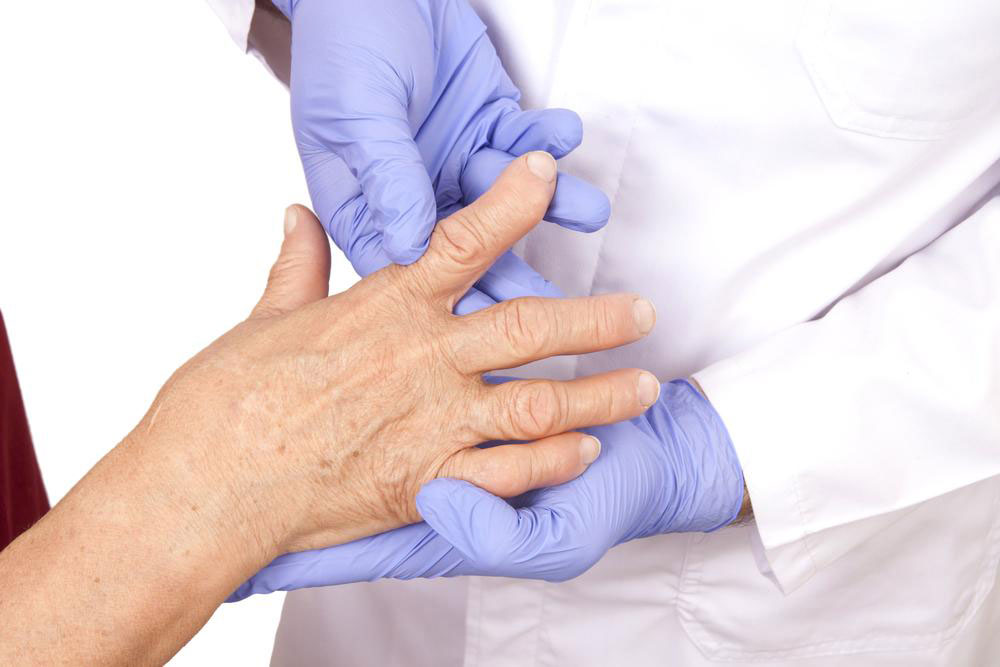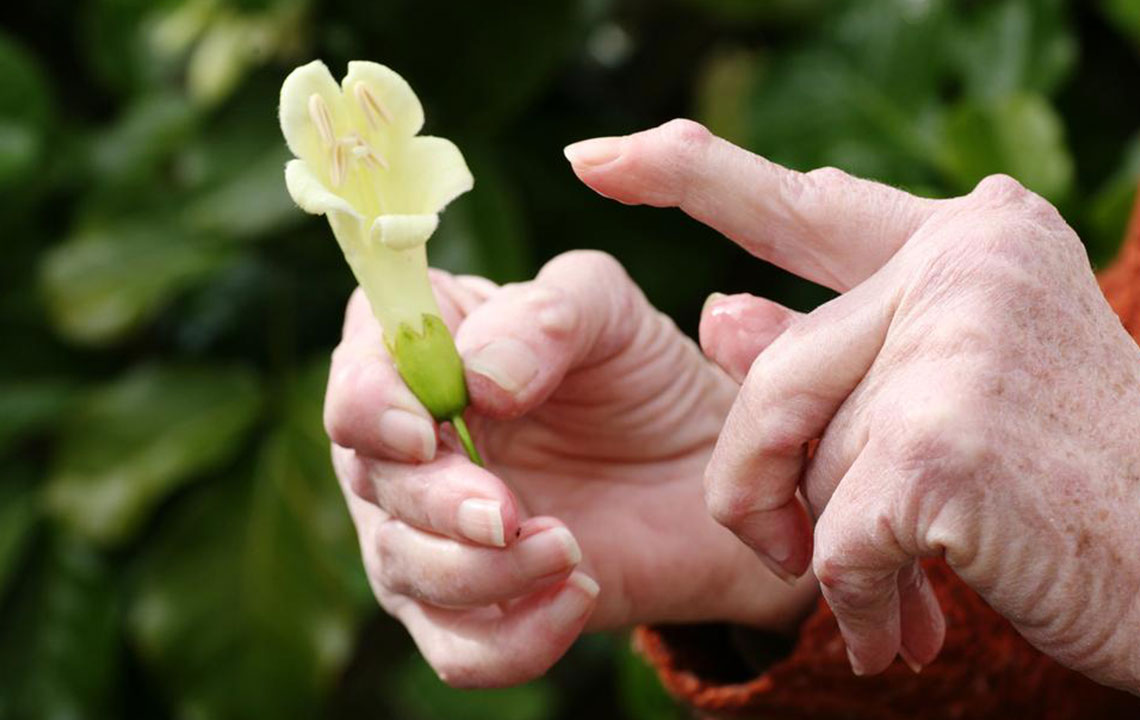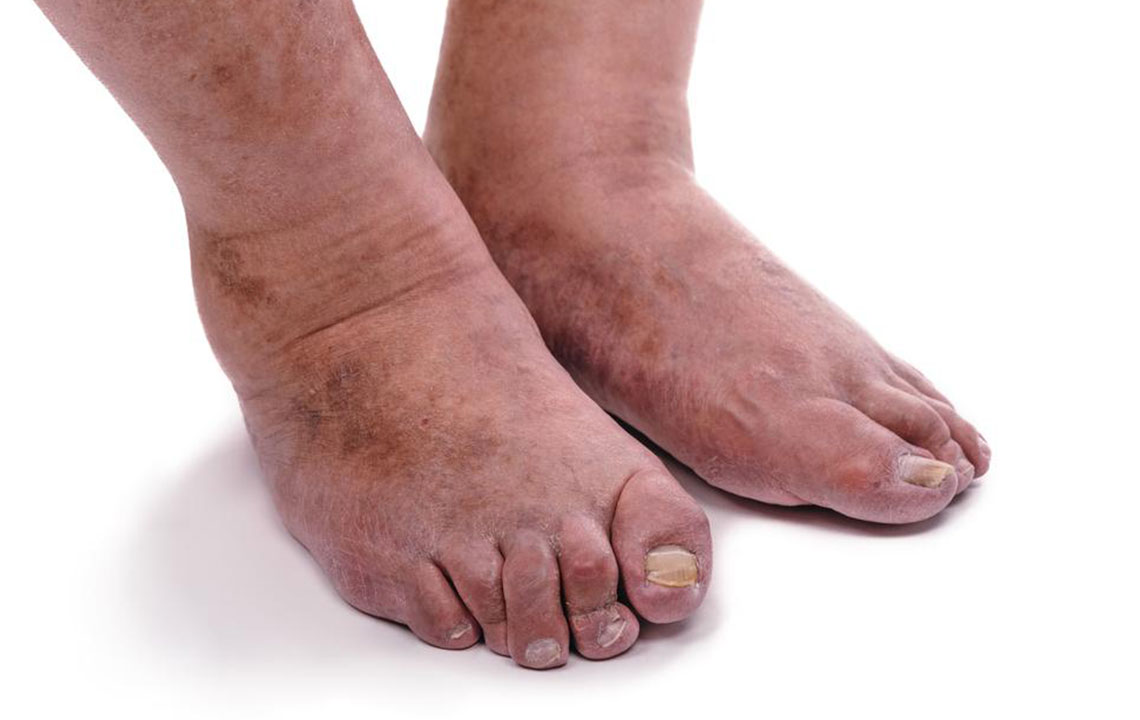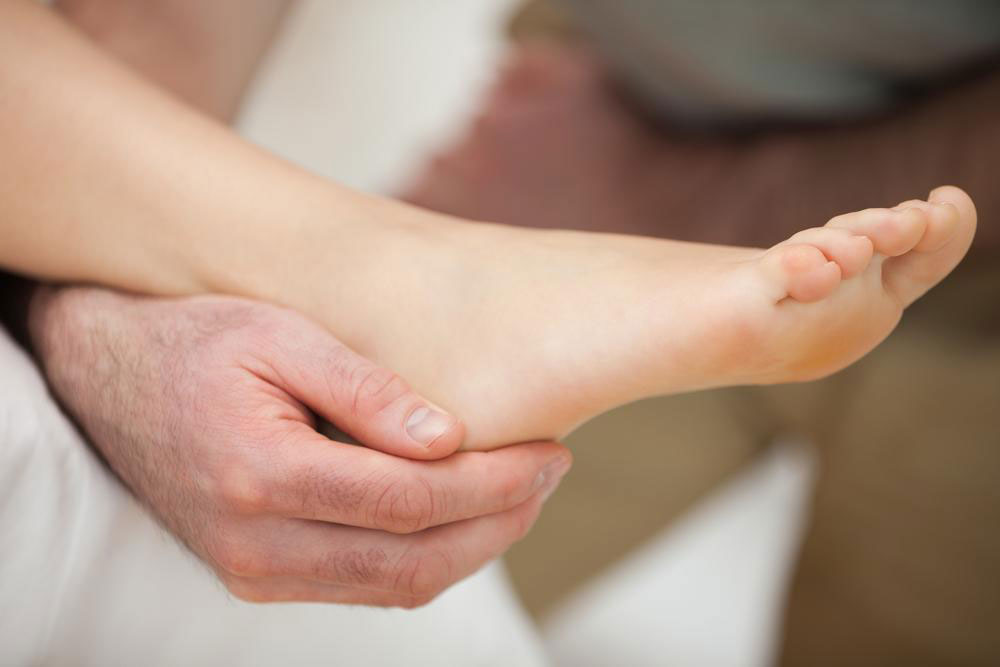Comprehensive Guide to Managing Rheumatoid Arthritis Symptoms
This comprehensive guide explains rheumatoid arthritis, focusing on symptoms, diagnosis, and treatment options. It emphasizes early detection and personalized care, including medications, therapies, lifestyle changes, and home remedies. The article also highlights the importance of professional medical advice for managing joint pain and preventing further damage, particularly for foot-related symptoms. Suitable for patients seeking practical treatment insights, it aims to improve understanding and wellbeing for those affected by this chronic condition.

Understanding Rheumatoid Arthritis: Causes, Symptoms, and Treatment Options
All You Should Know About Rheumatoid Arthritis
Pain can occur unexpectedly, and many people experience discomfort in different parts of their body for various reasons. Mild, short-term pain is often not a concern, but persistent pain throughout the day can be troubling and impact quality of life.
Rheumatoid arthritis is a widespread autoimmune disorder that results in joint damage, leading to pain and inflammation. Typically, the symptoms appear symmetrically, affecting both sides of the body, such as both hands or knees.
Prompt detection and diagnosis are vital for effective management of rheumatoid arthritis, especially for foot pain relief. Recognizing early symptoms can prevent severe joint damage.
Symptoms of Rheumatoid Arthritis
This chronic condition involves joint pain, swelling, and inflammation, often accompanied by reduced joint mobility. Symptoms tend to worsen during flare-ups but may ease during remission phases.
Diagnosis Process
Diagnosing rheumatoid arthritis requires comprehensive testing. Blood tests measure markers like rheumatoid factor, anti-CCP, and inflammatory proteins, while imaging scans such as X-rays or MRIs assess joint damage and disease progression. Multiple tests help confirm the diagnosis, as no single test is definitive.
Treating Rheumatoid Arthritis-Related Foot Pain
Although there is no cure, various treatments can effectively manage symptoms and slow disease progression. Anti-inflammatory medications, dietary adjustments, targeted exercises, and home remedies are common approaches. An experienced healthcare provider can tailor the treatment plan to each patient’s needs.
Medications Common drugs include corticosteroids, NSAIDs, and acetaminophen. Biologics, a newer class of disease-modifying drugs, specifically target inflammation and immune responses.
Therapies Occupational therapy can help minimize joint stress during daily activities. Special devices may be used to reduce pressure on painful joints.
Surgical Options When standard treatments fail, surgery such as joint replacement, tendon repair, or joint fusion might be recommended to alleviate pain and restore function.
Lifestyle Adjustments Rest during flare-ups, avoid overexertion, and engage in gentle exercises to maintain mobility. Always seek professional advice before starting new routines.
Home Care Strategies Applying heat or cold packs can soothe sore muscles and reduce inflammation. Hot baths or heating pads help alleviate stiffness, while cold therapy can numb pain and diminish swelling.
Managing mental health is also important. Techniques like deep breathing, guided imagery, or relaxation exercises can help reduce stress and ease pain. Complementary therapies such as acupuncture, hydrotherapy, and chiropractic care may provide additional relief.
Important Notice: Our articles cover diverse health topics, offering useful insights based on research. However, they should not replace professional medical advice. Always consult healthcare providers for diagnosis and treatment options. The website is not responsible for inaccuracies or differences across various sources, and readers should consider available treatments and offers carefully.










